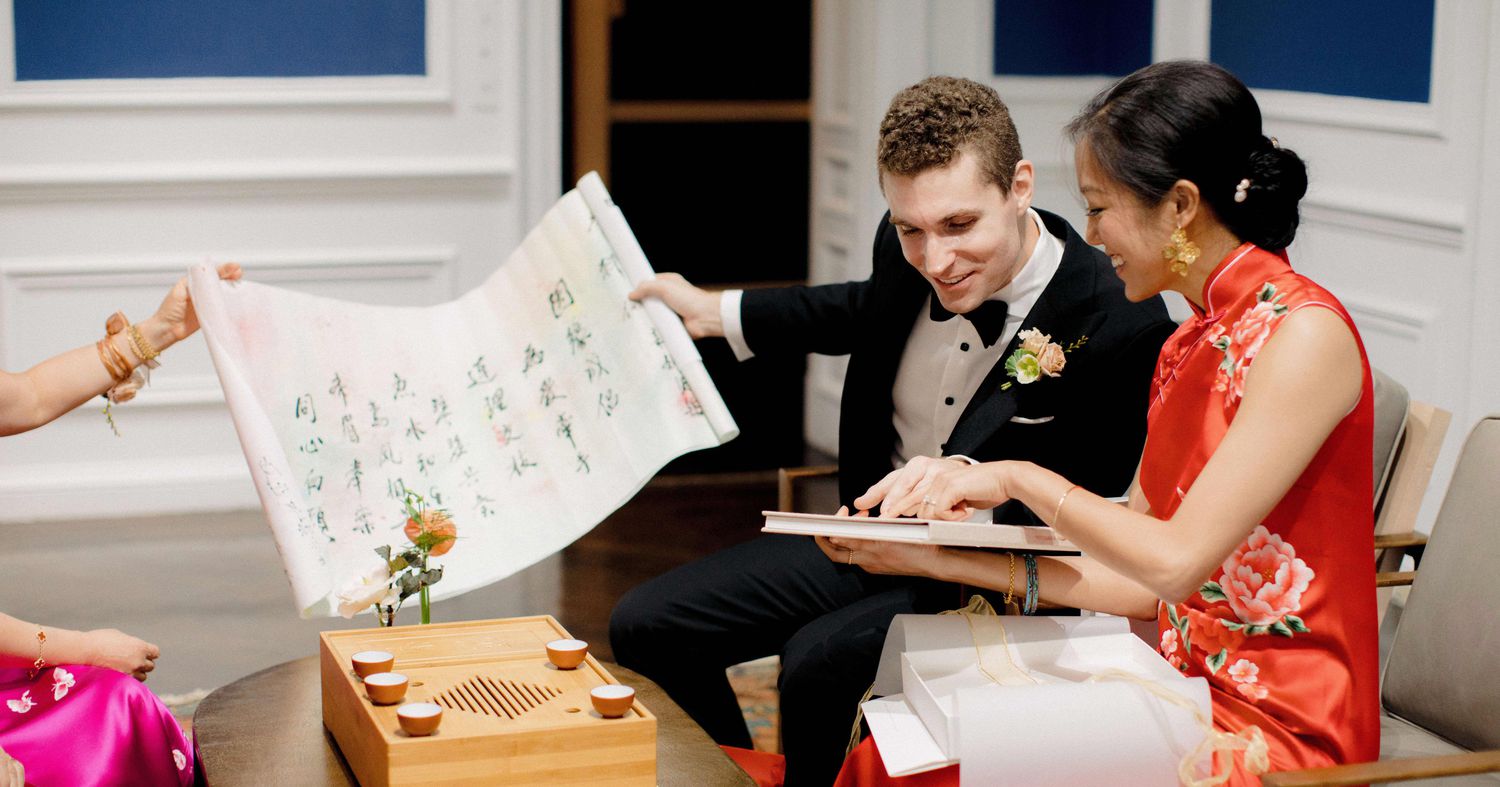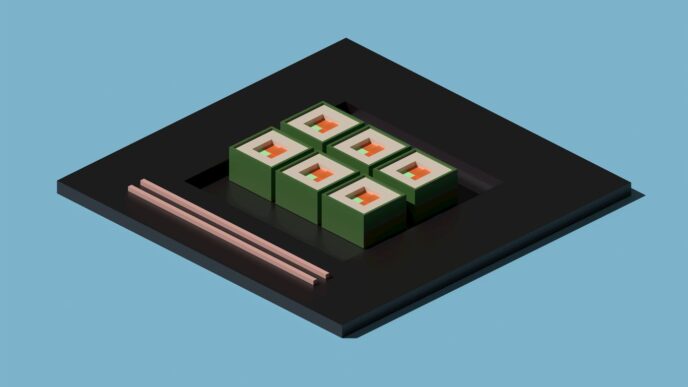Chinese customs are rich in tradition and symbolism, and this is particularly evident in their wedding ceremonies. In this article, we will take a deep dive into the customs, rituals, and symbolism that make up a traditional Chinese wedding. From historical roots to modern adaptations, we’ll explore every aspect of these remarkable celebrations.
Historical Context of Chinese Wedding Traditions
Chinese wedding traditions have a long history dating back thousands of years. These customs are deeply rooted in Chinese culture, influenced by Confucianism, Taoism, and Buddhism, and have evolved over time. While many modern couples opt for a mix of traditional and Western-style weddings, the essence of these customs remains intact.
Pre-Wedding Customs
Betrothal Ceremony
A Chinese wedding begins with the betrothal ceremony, during which both families formally acknowledge the engagement. It involves the exchange of betrothal gifts, symbolizing the union of two families. This ceremony is a significant step towards the wedding day.
Selection of an Auspicious Date
Choosing an auspicious date is a crucial part of Chinese wedding customs. Many couples consult with a fortune teller to ensure the chosen date aligns with the Chinese zodiac and the lunar calendar, believed to influence the couple’s future happiness.
Wedding Attire and Accessories
The Qipao and the Suit
Traditional Chinese wedding attire includes a qipao (for the bride) and a suit (for the groom). The qipao is a beautiful, figure-hugging dress with intricate embroidery, often in red, symbolizing joy and good luck. The groom’s suit typically matches the bride’s qipao in color.
The Red Veil
The bride’s face is covered with a red veil during the ceremony. It is lifted only after the groom has completed certain tasks or answered questions about the bride. This tradition adds an element of mystery and anticipation to the wedding.
Ceremonial Practices
The Tea Ceremony
A key highlight of a Chinese wedding is the tea ceremony. The newlyweds serve tea to their parents and elders, symbolizing respect and gratitude. This act is a way to seek their blessings and officially introduce the spouse to the family.
Bowing to Ancestors
In a show of respect, couples may also bow to their ancestors before the wedding. This gesture acknowledges the presence of deceased family members and seeks their blessings for the union.
The Nuptial Banquet
The nuptial banquet is a grand celebration with family and friends. It features an elaborate feast and often includes traditional dishes that carry specific meanings. The atmosphere is one of joy and festivity, with many toasts and well-wishing.
Post-Wedding Traditions
Bridal Chamber Games
After the wedding, there are games and pranks that the bride and groom must play together. These activities are meant to build camaraderie and strengthen the bond between the newlyweds.
Sending the Bride to Her New Home
The final step of a traditional Chinese wedding is when the bride leaves her family’s home to join her husband’s family. It’s an emotional moment, symbolizing the start of a new chapter in the bride’s life.
Symbolism in Chinese Wedding Customs
Chinese wedding customs are full of symbolism. The color red, for instance, represents happiness and good fortune, while the dragon and phoenix symbolize the union of two powerful creatures. Understanding these symbols is key to appreciating the depth of meaning in these rituals.
Modern Influences on Chinese Wedding Traditions
In the modern era, Chinese wedding traditions are evolving. Many couples incorporate Western elements into their ceremonies, making them more diverse and personalized. While traditional customs remain significant, these adaptations reflect changing times and individual preferences.
Challenges and Changes
Despite their enduring appeal, some traditional practices face challenges. Younger generations may find certain customs outdated or overly complex. As a result, there is ongoing debate about the necessity of maintaining these practices.
International Adaptations
Chinese wedding traditions have also made their way to international settings. As people from different cultural backgrounds marry into Chinese families or choose to incorporate these customs into their own ceremonies, they continue to thrive and evolve on a global scale.
Conclusion
Chinese wedding customs are a captivating blend of history, tradition, and symbolism. They provide a profound insight into Chinese culture, family values, and the significance of the union of two people. As China continues to modernize and globalize, these customs remain an essential part of its rich cultural tapestry.













